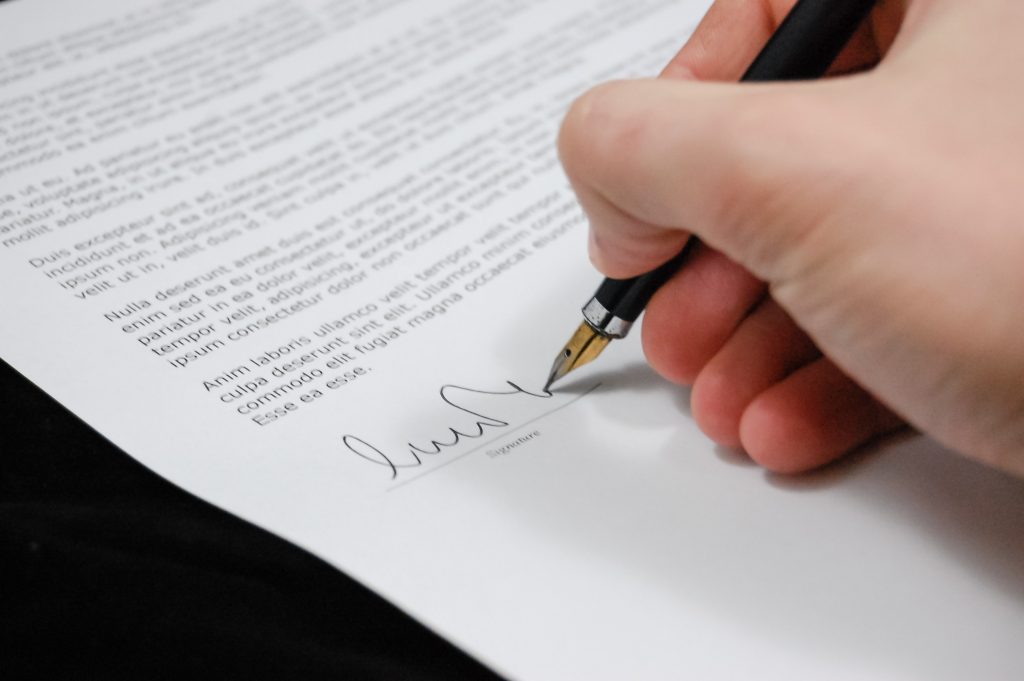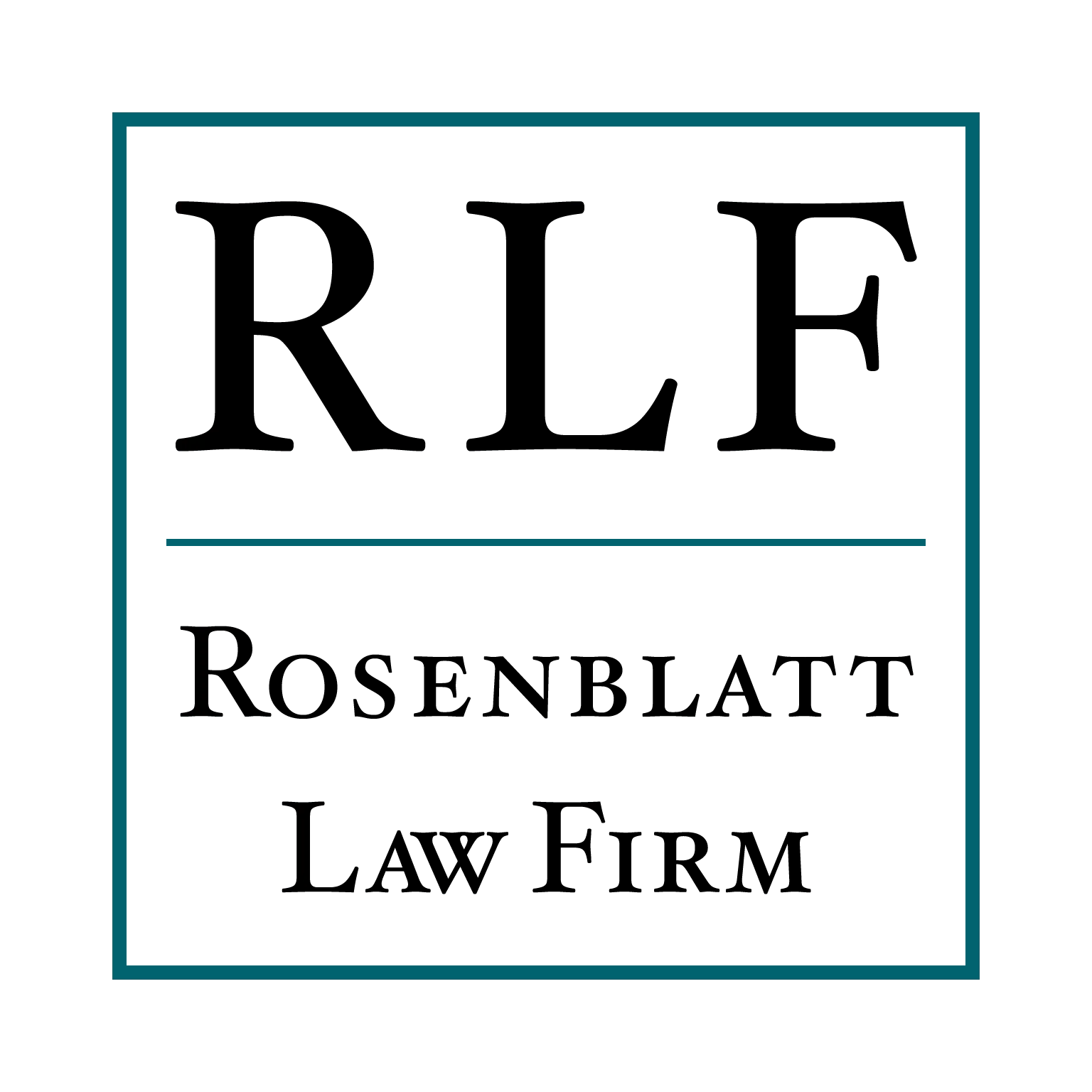Good News! You were one of the select few that received a PPP loan and you are ready to close, or just recently closed. As you should already be aware, over the next eight weeks, your expenditures are going to be essential in determining whether you will receive forgiveness of some portion, or the entire loan. While there are currently only a few rules to follow, everyone is expecting (and hoping) that additional information will follow because what is known to this point leaves lots of holes. We are recommending the following to our clients:
- Create a new bank account or at least isolate the loan money from other funds. If you do not have a payroll account, now may be a good time to create one. If you have a payroll account, we recommend placing the money into that account and removing all non-PPP funds. Some banks are requiring a separate account, in which case you will be forced to set up a new account.
- Limit the expenditures from that account to qualified expenses: payroll, payroll taxes, benefits, mortgage/rent, and utilities. Do not use any of the money in this account for anything that is not a qualified expense. For example, do not pay down debt with these funds. Because money is fungible, it is essential that non-qualified expenses are not made from this account. Many banks are going beyond what the CARES Act and current rules state to make it a federal offense to spend the money on a non-qualified expense. This is one of the reasons we are recommending a separate bank account.
- If you pay any expenditure from the PPP account that will not qualify for forgiveness, such as the employer portion of the federal employment taxes or payroll for any employee making over $100,000 per year, reimburse that account for those funds.
- Keep a spreadsheet that demonstrates by week where the funds were expended with as much back up as possible in order to make the submission process for forgiveness as easy as possible.
- Understand the rules will change and you are going to need to stay flexible and have good accounting so you can adjust.
- If you want to try for 100% forgiveness, try to utilize over 100% of the funds for qualified expenses. Remember, only 25% of the funds may be utilized for non-payroll-related expenses. If you spend the entire PPP account on qualified expenses and have other qualified expenses covered during the same period, you have a much better chance of forgiveness.
- Make sure you can demonstrate how many full-time employees you have when you take the loan and how many you have at the end of week 8. If there is a reduction in full-time employees or pay to employees is reduced more than 25%, there will be a corresponding reduction in forgiveness. One of the interesting definitions currently missing is the definition of full-time employees and how it will be calculated.
- Make sure you have a plan to repay any unforgiven portion. The loan will accrue interest at 1% per year, with no payments due for the first 6 months. Following the 6 month period, you will have the next 18 months to pay any unforgiven portion. If the economy does not bounce back quickly, those monthly payments could be difficult.
A little preplanning and keeping good records during the 8 weeks after you receive a PPP loan will be essential. While it is unclear exactly how forgiveness will be calculated, having good documentation is critical.
If you want to read more about what we’ve done for our clients in the field of business law, visit our practice page here.



